
Forms of Data Evidence and Sampling Populations


Forms of Data Objectives:
- Provide examples of different forms of data about the natural world, including the types of information data can convey.
- Discuss the techniques, benefits, and limitations of sampling from a larger population.
- List and explain the basic characteristics of grasses, including ability to survive extreme conditions and significance in the human diet.
Science relies on direct or indirect evidence; either observing something occurring or observing what was left behind after something occurred. Is the evidence in this video direct or indirect?

In the previous video, there was quite a bit of evidence suggesting deer were eating the tomatoes. To be sure, we could set out to collect data. For example: the exact height plants are being eaten at, the size of the tracks, and more detailed information on the scat.
Data are the attributes of something we can observe, like number, color, or size. Data is the variable in a study, what you are trying to find out more about; like the number of fish in a lake, or location of a plant in a field.


“Data” is often used interchangeably with information. In its basic sense, data is the attribute of something, like the number or color, or size. This is information if it is new to someone, they become informed about the data.
We often think of numbers as the primary type of data, because many measurements are numerical.

Temperature

Stock Values

Mutation Rates

Food Calories

Map Coordinates

Population Size
Data can also be in non-numerical form.

Specimens

Human Attributes (motivation, attitude, satisfaction)

Stakeholders in an Issue
This video provides an overview of data collection.
The questions that you want to answer drive the type of data that is collected. Sometimes the size of a habitat or number of organisms you are studying can be overwhelming. That is when sampling comes into play.
Sampling

Researchers rarely get the opportunity to study an entire population, unless it is quite small, like an endangered species or a tiny habitat.
A sample is a smaller part that is intended to accurately describe the larger whole.
Sampling a small defined number of individuals and extrapolating the results to the larger population is a common practice in many fields.
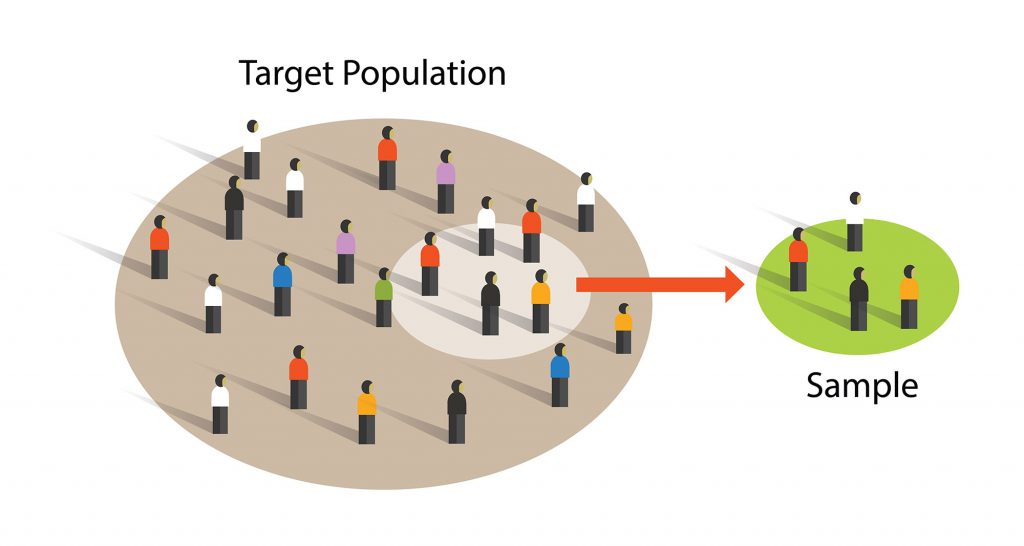
What is an advantage of sampling?
hint: if you were asked about characteristics of a grass species in a large lawn, what is the clear advantage of taking a smaller sample?
What is a potential disadvantage of sampling?
hint: think about if by chance you get something unusual in the sample, the assumption would be that whatever that is, is actually common.

A larger number of samples in an area typically provides a more accurate representation.

Resources (materials, time, money) and weather often limit sample number and sizes.

In our field work (streams for Lesley; lakes and forests for Mark), weather and time were often the limiting factor. As graduate students our labor costs were inexpensive, but the time window to collect seasonal data was narrow.
A quadrat is often used to delineate a consistently sized sampling area and can be inexpensive to construct.
You will be constructing and using your own quadrat in this guide’s media piece. The assignment is introduced on the next page.
Grasses
The previous 2B guide focused on forest ecosystems. In this guide we are meeting the different grasslands, starting with an overview of grass plants.
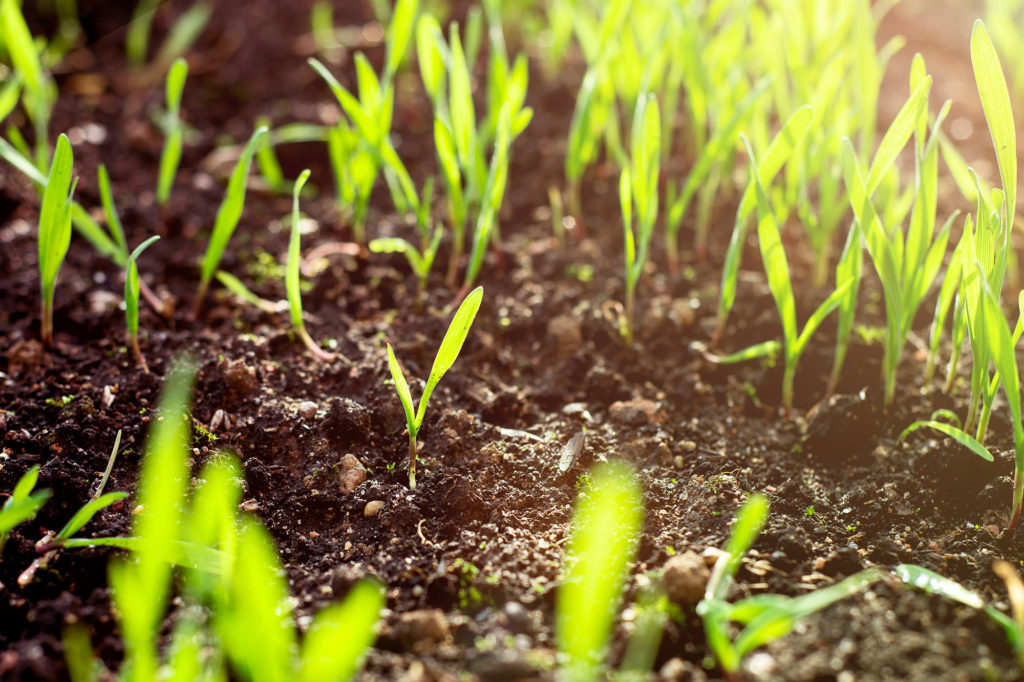
Grass plants are thousands of species classified in Family Poaceae. They typically share thin leaves (“blades”) as well as wind pollination and small flowers.
This video provides an overview of grasses.
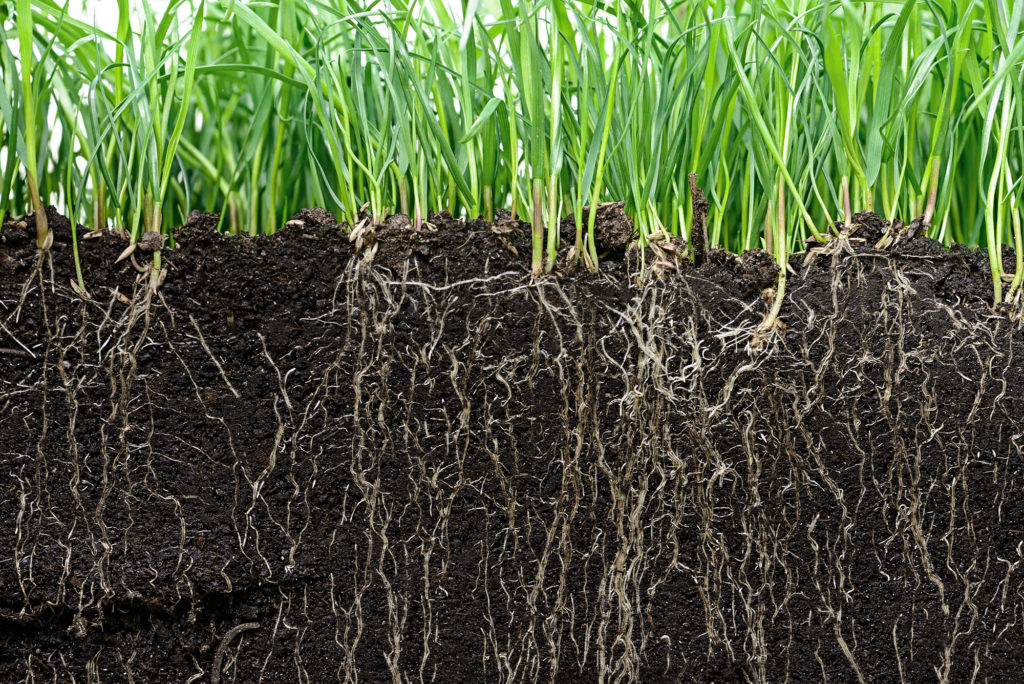
Grass plants have fibrous roots that can re-sprout blades if the plant is eaten by an herbivore, scorched by sun, or burnt by fire.
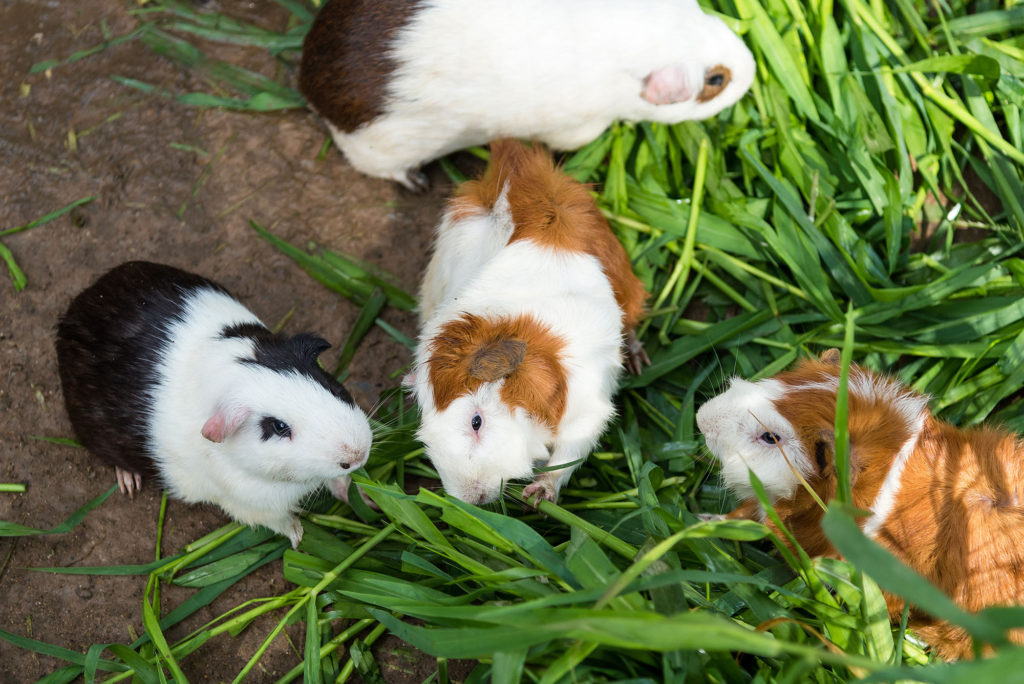
Many species of grass plants can also tolerate both flood and drought conditions.
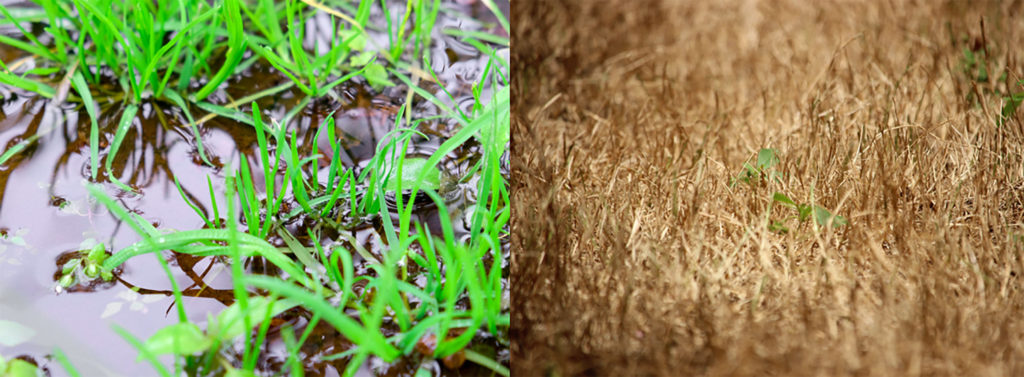
Grass plants in a lawn are typically cut before they flower and produce seeds. Grasses can be easier to identify when flowers and/or seeds are present.

Our species directly consumes grains like wheat rice and corn, as well as sugar from sugar cane. We also eat animals that eat grasses, use grass as a building material (in bales), and as a combustible fuel.
Grass plants can also be important habitat and source of nesting material in human-created residential areas.
The next section introduces population dynamics and temperate grassland ecosystems.

Check your knowledge. Can you:
- Provide examples of different forms of data about the natural world, including the types of information data can convey?
- Discuss the techniques, benefits, and limitations of sampling from a larger population?
- List and explain the basic characteristics of grasses, including ability to survive extreme conditions and significance in the human diet?









